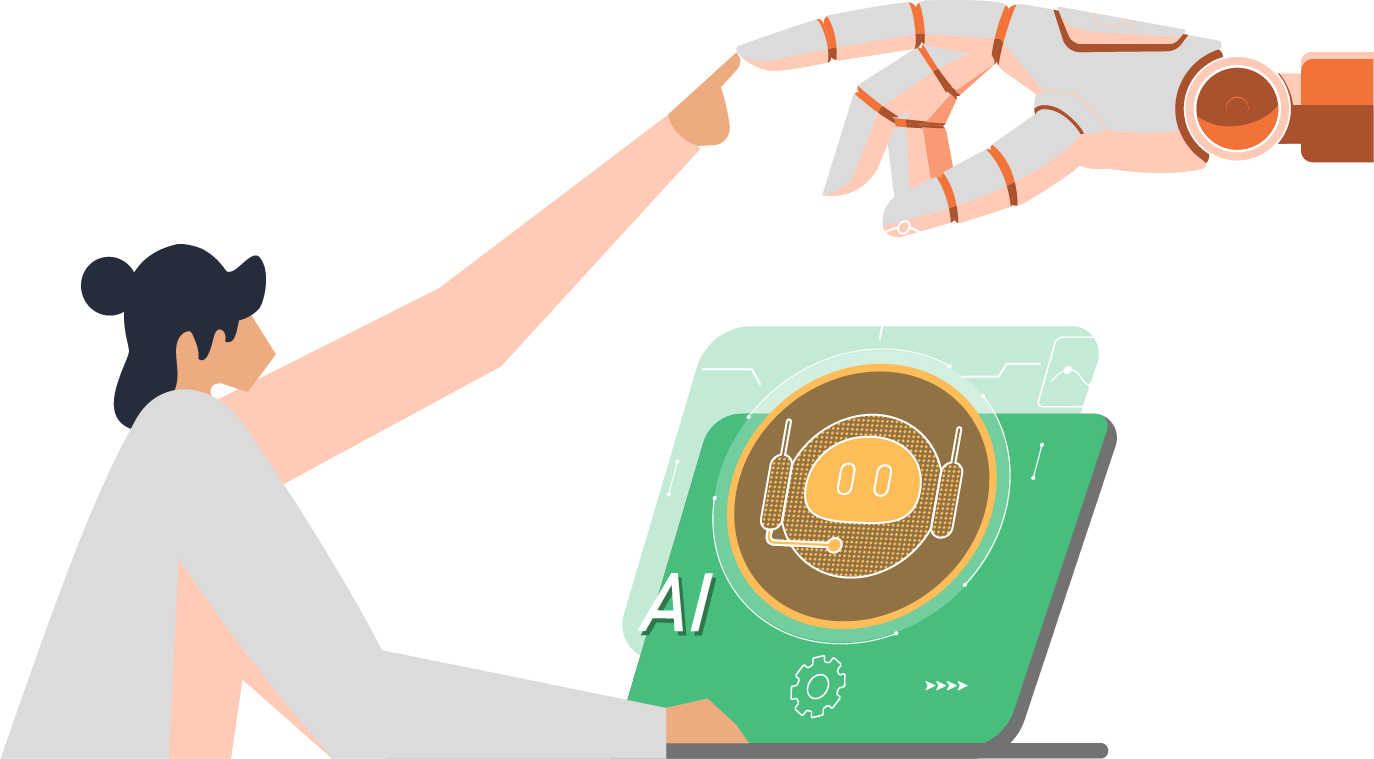A realistic look at what’s changing and why internal teams can’t carry it alone.
There’s a pattern I’ve seen repeat itself so many times now that I no longer think of it as a coincidence. In almost every organisation, there is a long-standing belief that internal IT is where stability comes from—where the real, dependable knowledge lives. And for years, that was probably true. It made sense. Internal teams knew everything: the undocumented dependencies, the half-forgotten decisions, the reasons why something odd was done eight years ago and had somehow stayed that way ever since. That deep familiarity created comfort. It felt like resilience.
But what’s changed, often quietly, almost imperceptibly, is the world around that model. Modern IT is not the same ecosystem internal teams were originally structured to support. And this mismatch is now large enough that it’s showing its edges.
Technology has become louder, faster, broader. Cloud platforms shift under our feet. Identity has become the control plane for everything. Regulatory expectations are no longer annual, they’re continuous. Security tooling is always one step behind the threat landscape but is expected to operate as if it’s two steps ahead. And the number of systems talking to each other has multiplied in a way that would have seemed unthinkable not long ago.
Internal teams have absorbed all of this, because who else was going to? but the structure around them never really changed. The operating model remained the same, while the environment grew in complexity, and that’s where the cracks emerged. These aren’t dramatic failures. They’re subtle ones. They appear not in outages, but in the fragility underlying the normal functioning of the environment.
One of the quiet truths about internal IT is that familiarity is both its greatest strength and its most reliable blind spot. When you’ve lived inside an environment for years, you stop questioning certain things because they’ve “always been like that.” A firewall rule that no one touches, due to its long and mysterious history. A service account with privileges no one wants to reduce because it might break “something,” even though no one remembers the original justification. A workflow that technically shouldn’t work anymore but does, for reasons buried in someone’s memory.
Over time, these things stop looking unusual. They become part of the landscape. Normalised risk is still risk, it’s just quieter.
I’ve seen organisations where everything looked healthy on the surface. Great uptime. Responsive help desk. Solid patching cadence. Nothing dramatic is happening. And then you start looking underneath and realise half the environment is standing on top of decisions made during a long-gone emergency, or on configurations that were meant to be temporary, or on tribal knowledge only two people understand. It works until those people take leave, or move on, or have too much on their plate to notice when something begins to drift out of alignment.
This isn’t a reflection on competence. Far from it. Some of the most capable engineers I know work inside internal teams. But capability can’t overcome structural limits, and a lack of perspective is one of those limits. When you only work inside one environment, you start to lose sight of what “good” looks like in a broader sense. You optimise within the walls you have rather than thinking about what sits beyond them.
External partners often get characterised as specialists or additional hands, but the real advantage they bring is perspective. When you work across dozens of environments, patterns jump out immediately. Problems that appear unique within one organisation often turn out to be extremely common across many. Decisions that seem harmless when viewed locally show their long-term consequences when seen repeated across multiple clients. And you develop a sense almost an instinct for where fragility tends to collect.
That perspective is not something an internal team can manufacture. It’s not a criticism. It’s physics. One environment cannot provide the breadth of insight that comes from working across multiple environments.
Another quiet limit that internal teams run into, often without realising it, is governance. The modern expectation is that IT teams will implement security controls, enforce them, continuously validate their effectiveness, and then produce evidence that they remain enforced. That entire loop is contained within the same group of people. No other part of the business is set up this way. Finance doesn’t audit itself. HR doesn’t investigate its own compliance breaches. Meanwhile, internal IT is expected to be both the operator and the auditor.
That structure works, until it doesn’t. It works when things are simple. It works when environments are clean. It works when infrastructures are static. It doesn’t work when cloud adoption accelerates, when security controls multiply, when regulators expect evidence on demand, or when a single misconfiguration can create liability that far outweighs the cost of avoiding it.
When compliance becomes a full-time job inside a team already stretched thin, shortcuts start appearing, not deliberate ones, but the ones you take to keep the lights on.
The same pattern shows up during incidents. A major incident today isn’t simply “a server issue.” Its identity, its network, its cloud, its endpoint protection, its telemetry, its conditional access, its application behaviour, its threat intel correlation. These are separate disciplines. Expecting a small team, even a talented one, to handle that simultaneously is unrealistic. They don’t choose to sequence their response, they are forced to. Meanwhile, external partners escalate in parallel because they have the depth to do so.
Fatigue compounds this. Internal teams are nearly always local. They are the ones doing the late-night patch windows, the weekend cutovers, the pre-dawn resets, the sudden after-hours fixes. Fatigue isn’t a moral failure; it’s a structural one. People get tired. Systems don’t care. A follow-the-sun model removes fatigue from the risk surface entirely. The work happens during someone’s daytime—it just might not be yours.
Then there’s the issue of knowledge concentration. Every organisation has two or three people who “really know how things work.” Everything relies on them, even when everyone quietly recognises this is not a sustainable model. When they’re away, continuity becomes uncertain. When they’re overloaded, things slip. When they leave, the organisation suddenly discovers where undocumented dependencies have been living.
No one designed it that way. But internal IT structures naturally drift into it.
This is why, when CIOs step back and look at the whole landscape, the question is no longer “Should we outsource IT?” The question is, where should capability sit, and where should liability live?
Internal teams remain essential. Strategy lives inside the organisation. Context lives inside the organisation. Business alignment lives inside the organisation. However, the structural fragility, which relies on scale, perspective, and constant exposure to evolving risks, does not need to be internalised. In many cases, they shouldn’t.
The organisations that get this right don’t reduce their internal IT capability. Quite the opposite. They strengthen it by freeing it from the mechanical weight of modern IT operations. They let internal teams focus on what internal teams do best, and they shift the load-bearing parts of the operating model outward to partners who are structurally designed to handle them.
This isn’t about outsourcing work. It’s about outsourcing fragility.
The internal only model isn’t failing. It has simply reached the edge of what it was built to support. The environment grew faster than the structure that supports it, and now the cracks are becoming visible. Some organisations will discover those cracks through an incident, an audit, or an unexpected departure. Others will see the pattern early and adjust before they’re forced to.
One approach relies on extraordinary people doing extraordinary things under ordinary conditions. The other relies on a system designed for the demands of modern IT.
Only one of those scales. Only one of those protects the organisation reliably. And only one of those reflects the reality we’re all operating in now.
If you would like support strengthening your IT capability or want to explore how we can help reduce operational risk, contact us today. We are ready to help.











